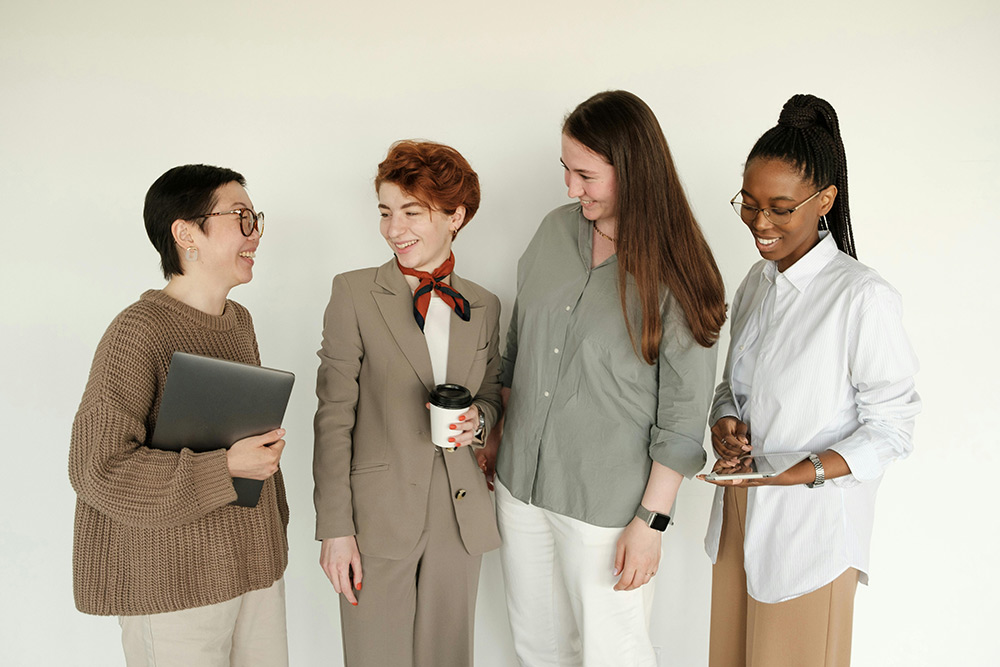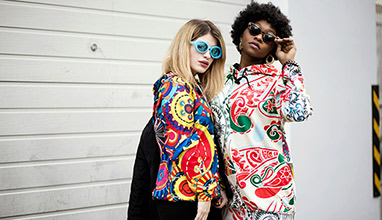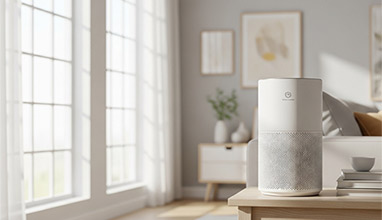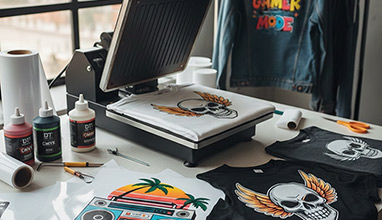How to Create a Healthy Work Environment in Your Fashion Business
Building an efficient work atmosphere is vital to the success of any fashion company. Work conditions in the fashion sector can be extremely demanding, with tight deadlines and an emphasis on creativity and innovation. So, lacking an ideal workplace environment may cause employees to experience stress, burnout, or unhappiness which reduces productivity and creativity. An optimal and healthy workspace prioritizes employees' physical, emotional, and professional well-being as well as collaboration among colleagues while creating an atmosphere where mutual respect prevails. By implementing practices that acknowledge each team member's contributions, fashion businesses can increase morale and retention rates while improving overall performance. This article explores some tried-and-true strategies for creating an accommodating work environment tailored to the fashion industry's demands.
Reduce Turnover
High employee turnover rates can have serious repercussions for businesses and can increase costs associated with hiring and training employees. Retaining skilled employees in fashion's fast-paced world is especially critical to keeping operations flowing smoothly while creating brand integrity. Investing in employees’ learning and development is an effective strategy to decrease turnover rates. Equipping staff members with essential skills for excelling at their roles and instilling them with a sense of value and loyalty can reduce turnover rates significantly.
L&D opportunities may include workshops, mentorship programs, or online courses on fashion trends, sustainability, or technology. Employees who feel their careers are progressing professionally are more likely to remain loyal. Customized development plans can address specific challenges within roles, allowing employees to feel supported while meeting their career goals. Also, promotion from within can increase employee motivation while showing your organization is committed to investing in internal talent. Rewarding employee achievements through incentives or career progression further reinforces employee commitment while ensuring long-term contributions to your business.
Prioritize Employee Well-Being
Supporting employee well-being is another integral element of creating an optimal work environment. Fashion industry work environments in particular necessitate physical and mental fitness; businesses can promote this aspect of employee wellness through policies that prioritize team health. For instance, simple steps, such as providing sugar free electrolyte powder for hydration during long hours, can show employees that their well-being matters. Encouraging healthy eating with nutritious snacks and organizing wellness programs may all contribute to better physical health for employees. Regular health check-ups or partnerships with fitness centers demonstrate your dedication to employee well-being as well.
Furthermore, mental well-being is no less crucial. By offering resources like access to counselors and stress management workshops as well as encouraging open discussions around mental health challenges, companies can reduce anxiety and burnout for employees. Such a proactive approach keeps employees feeling supported and encouraged to perform at their highest potential.
Build Strong Team Communication
Effective communication is the foundation of a healthy workplace. In the fashion industry, transparent and courteous communication is essential for meeting deadlines and realizing creative concepts. Businesses can create an inspiring environment by establishing communication channels and soliciting feedback. Regular team meetings provide the ideal setting for discussing goals, addressing challenges, and commemorating successes. In numbers, 76% of professionals prefer their meetings to be in person, as it helps them convey their concerns and thoughts more effectively. Managers should strive to foster an atmosphere in which every team member feels heard and respected. Encouraging employees to express their ideas without fear of criticism can result in innovative solutions while strengthening team dynamics.
Moreover, adopting collaborative tools, like project management software or shared digital platforms, can improve communication and streamline workflows. Also, such tools help ensure everyone stays up-to-date and on track while eliminating miscommunication gaps that threaten trust or escalate conflicts. Recognizing and addressing any gaps quickly helps maintain relationships while keeping conflicts from developing further.
Empower Work-Life Balance With a Creative Approach
Work-life balance is critical in protecting employees against burnout and maintaining a passion for their jobs, particularly in fashion businesses with demanding schedules such as product launches or seasonal campaigns. Without adequate balance in place, employees could feel overloaded, resulting in reduced productivity and morale.
Another way for businesses to promote work-life harmony is by offering flexible work hours or remote working options where possible, giving employees more autonomy in managing their schedules without compromising professional obligations. Also, implementing policies that limit overtime work hours while encouraging staff members to take regular breaks ensures that employees can take time for restorative periods when needed.
At the end of the day, establishing a supportive culture where managers respect boundaries and discourage excessive workloads is also key to creating a healthier work environment. Employees will feel valued, making them more engaged with and dedicated to their roles.
Foster Diversity and Inclusion
Diversity and inclusion are cornerstones of creating an enjoyable workplace in fashion. Recognizing diverse viewpoints not only increases creativity but also fosters an atmosphere where all employees feel appreciated and respected—something essential when recruiting top talent as well as strengthening brand image. For one, businesses can foster diversity by employing fair hiring practices and training on unconscious bias. Encouraging collaboration among teams from diverse backgrounds to generate innovative solutions to problems and celebrating cultural events as platforms to allow diverse voices to be heard may further promote inclusivity. Moreover, inclusive policies must extend beyond the workplace. At fashion businesses, prioritizing accessibility for all employees and providing spaces for reflection or prayer can demonstrate genuine dedication to creating an inviting work environment. Prioritizing diversity and inclusion can foster an atmosphere of mutual respect that will spark true collaboration within a fashion company culture.
A healthy work environment in fashion businesses is paramount to their long-term success and innovation. By decreasing turnover rates, supporting employee well-being, and building effective communication channels between team members, businesses can boost both morale and productivity. Additionally, encouraging work-life balance while prioritizing diversity and inclusion further contributes to creating supportive yet enjoyable working cultures in fashion workplaces.
All aspects considered, an optimal work environment not only benefits employees, but it is also critical for overall company performance and reputation. Fashion businesses that prioritize team needs tend to develop stronger organizations capable of competing successfully within an increasingly challenging fashion industry environment. At the end of the day, investing in building a positive workplace culture proves to be beneficial over the long term.
Hits: 10778 | Leave a comment
Tags:work, fashion company, fashion business




















